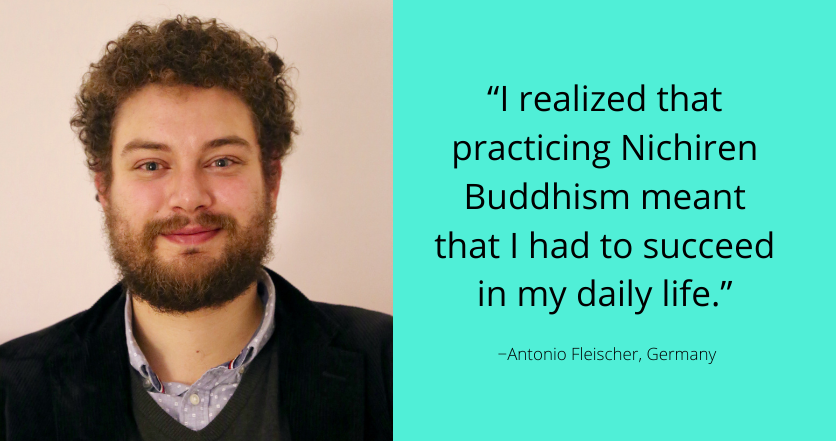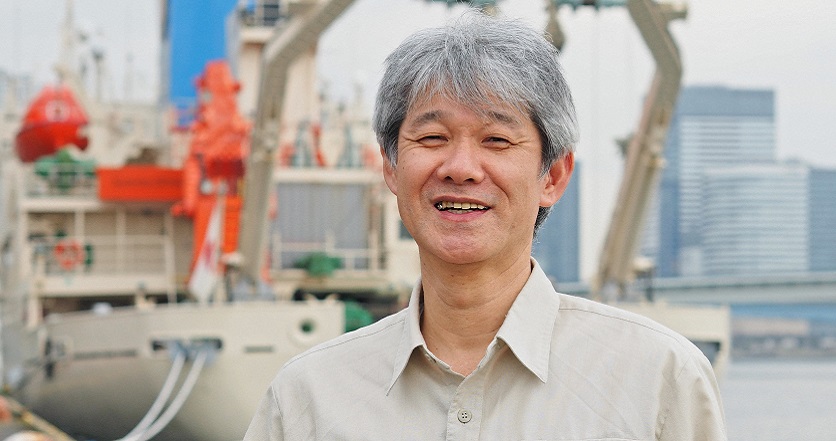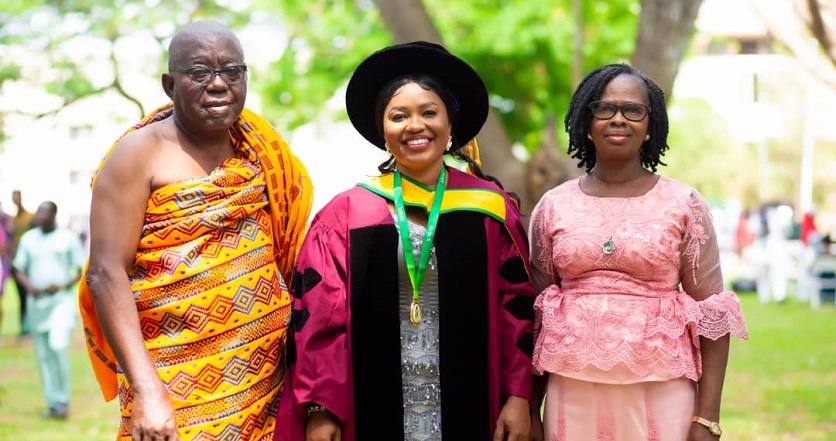Weaving a Path to the Future
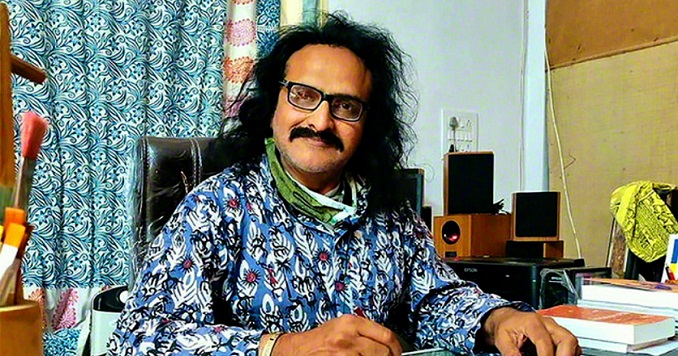
In following his dream of preserving traditional Indian textile art, Krishna Kohli from India found a way to serve the youth in his local community—it turned out to be a journey of inner revolution.
As a child, I used to help my mother cook and decorate the house whenever there was a celebration. Living in a small farming village, I was exposed to traditional Indian decoration, costume and art, and early on, I developed the desire to preserve traditional culture and pursue a career in fashion.
I was not going to give up, no matter what.
Traditional textiles in India have a long history and are a valuable part of our cultural heritage. However, since the 1990s, the Western lifestyle has become the mainstream, and by the time I got my degree in fashion design from a university in New Delhi, it was already very difficult to work in the field of traditional textiles.
I was not going to give up, no matter what. I had joined Bharat Soka Gakkai (BSG) when I was a student and had made up my mind that it was my mission to contribute to society by preserving traditional culture.
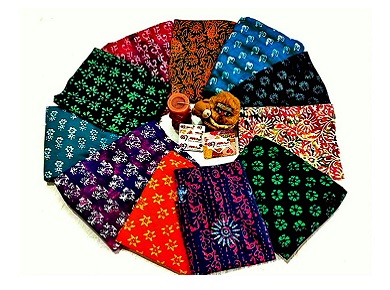
In 2000, I opened a fashion studio for traditional textile art in my hometown. Because of family opposition and for financial reasons, however, I had to close the studio. I got a job in the software industry, and although my income was stable, I felt hopeless. My dream had come to an end.
Nichiren says, “Regard both suffering and joy as facts of life, and continue chanting Nam-myoho-renge-kyo, no matter what happens.” I resolved to do my best at what I was engaged in and strove in my daily Buddhist practice. At the same time, I began chanting daily about my passion for working with traditional textiles again.
A Studio for the People
In 2013, after more than 10 years of effort, I was able to receive the financial support to reopen my studio.
The first year went well. But, in the second year, I signed a contract with someone who would manage the business as a partner, and it went bankrupt after only six months.
I must begin by making an inner change.
I was in huge debt and could not make ends meet. All I had left was my faith. I embraced President Daisaku Ikeda’s guiding principle that one’s own human revolution will transform the environment and faced the challenge with the determination that I must begin by making an inner change.
To save money, I moved my studio to the outskirts of the city. While having to make the long commute, I continued to do my best to participate in BSG activities and support fellow members as a chapter leader.
I felt that each Nam-myoho-renge-kyo I chanted and every Soka Gakkai activity I engaged in was raising my life state. Strangely, I also no longer felt any anger or resentment toward my ex-business partner who had bankrupted the business.
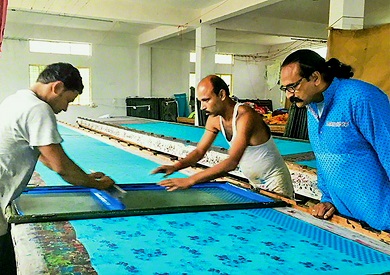
Although it was a challenging time for the business, only a handful of the 20 weavers I had trained decided to leave. I had no resentment toward them for leaving, however. Rather, I had the idea of opening the studio to people from neighboring villages so that they could learn the art of traditional weaving and textile design.
With these new skills, many of them were able to support their families financially. The studio is located in an area known for traditional textiles called ikat. In addition to ikat, I also do tie-dyeing and woodblock printing so that those who come there can further develop their craftsmanship skills and I can create more value for the local community.
People asked me how I could do what I was doing when I was facing financial instability of my own. I answered that Buddhism teaches that “if one lights a fire for others, one will brighten one’s own way.”
Nurturing Young People
In 2019, I was suddenly contacted by the administrative head of the town who was interested in the work being carried out at the studio. A planned 30-minute tour of the studio turned into a two-hour visit, followed by a proposal from the administrator that we teach traditional weaving techniques as part of the government’s job training initiative.
What makes me happiest is that I have been able to contribute to raising the next generation of traditional artisans.

News about this new training initiative was widely covered in the local press, and a TV station came to film my studio and interview me. In addition, I was contacted by an NGO that supports vocational training for young people in rural areas with a request to collaborate with them in other parts of the country.
My business is now on a stable footing. But what makes me happiest is that I have been able to contribute to raising the next generation of traditional artisans.
Adapted from an article in the November 26, 2021, issue of the Seikyo Shimbun, Soka Gakkai, Japan.





